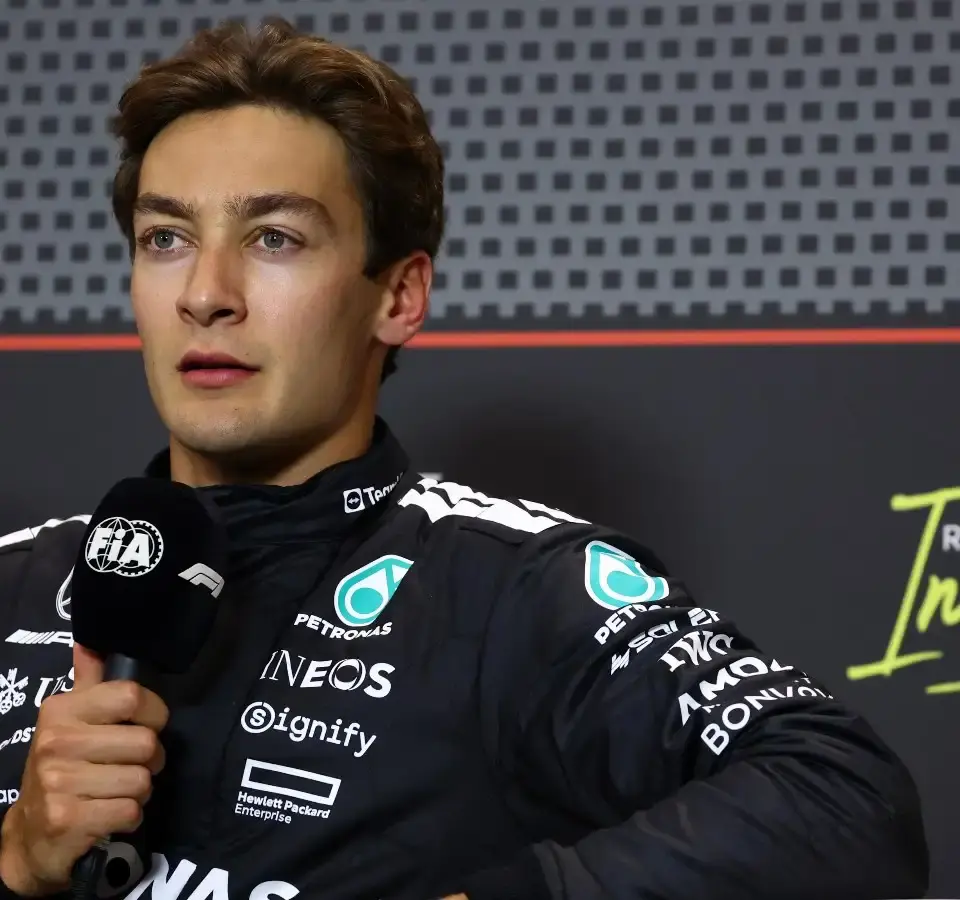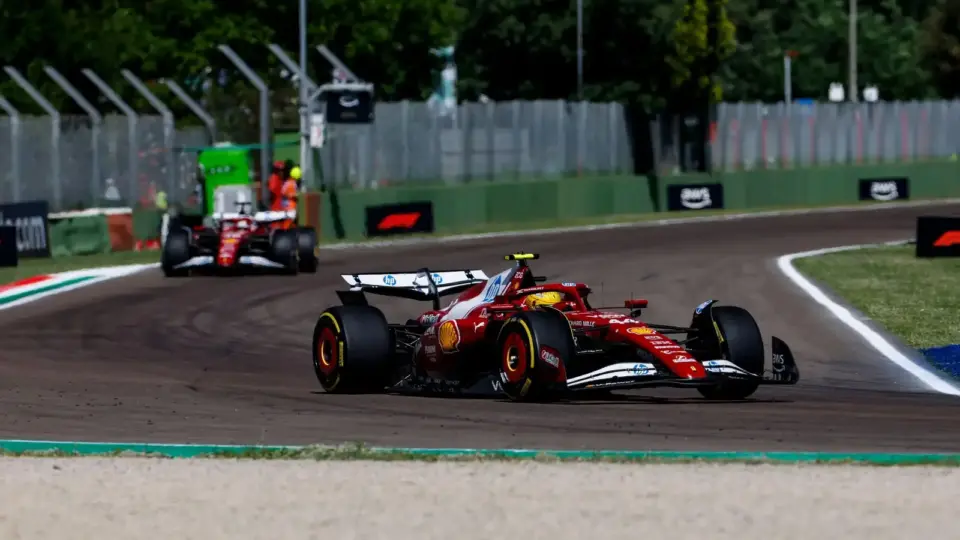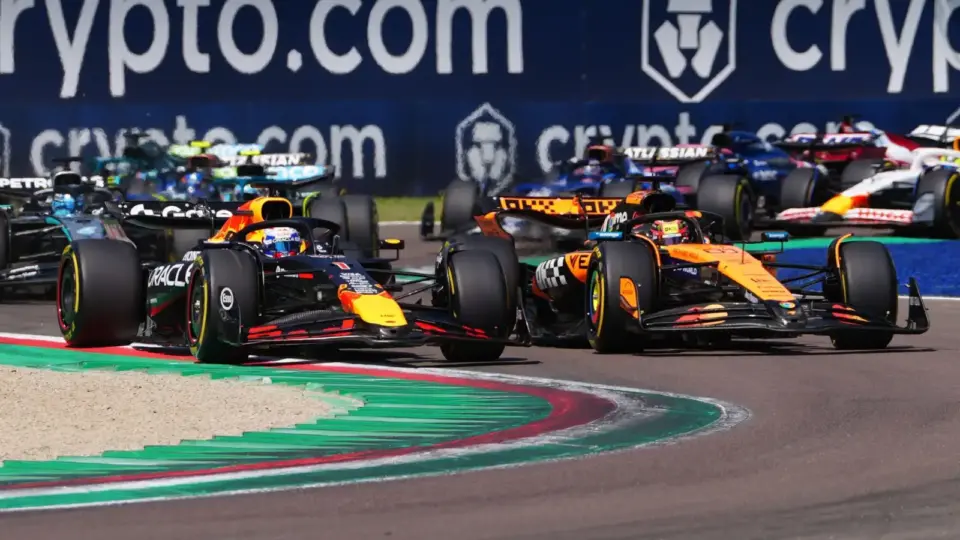George Russell expressed concern over Mercedes’ lack of speed during the Emilia Romagna Grand Prix, highlighting a recurring issue when temperatures vary.
- During the Grand Prix, Russell, who began in P3, found himself overtaken by faster cars, including both Ferraris and Alex Albon, before finishing in P7.
- Russell noticed a pattern where the car performs poorly in warmer conditions, contrasting with better performance in cooler climates.
- The driver described the weekend as disastrous but acknowledged that every team encounters similar setbacks.
- Russell attributed the problem to issues with overheating tires, particularly the rear wheels, which destabilized the car.
In the Emilia Romagna Grand Prix, George Russell raised alarms over a troubling trend affecting Mercedes’ performance. Starting from a promising P3, Russell’s race swiftly turned challenging as he was overtaken by not only the Ferraris but also by Alex Albon, eventually crossing the line in seventh place. Such a drop was indeed uncharacteristic for the talented driver, who had consistently finished no lower than fifth in previous races this season.
Speaking to the media post-race, Russell noted a concerning pattern with the car’s performance, particularly evident when weather conditions vary. Russell pointed out that the car tends to suffer from a notable lack of pace when the temperatures are high, whereas it performs noticeably better in cooler conditions. This trend isn’t new, as it was evident the previous year too, signaling an ongoing issue Mercedes needs to address.
Describing the weekend as disastrous, Russell was candid about the occasional lows all teams face. He said, “Every team has a disastrous race weekend at some point, this is our first one of the season. Red Bull had a disastrous one in Bahrain.” Despite being fourth in the Drivers’ standings, the reality of fluctuating performances in Formula 1 was clear to Russell. He acknowledged the unpredictable nature of the sport, with diverse tracks and weather conditions, making podium finishes a persistent challenge.
Delving into the specifics, Russell pinpointed issues with the car’s rear. He experienced unsettling movements, particularly with the rear wheels, suggesting a possible overheating problem. Russell explained, “The rear tire [temperatures] were through the roof,” highlighting either the front or rear wheels often suffer from overheating. Such challenges have happened before, but this race was particularly trying as rivals seemed to have adequate pace.
Mercedes must take this feedback seriously, as Russell’s observations emphasize a fundamental concern. Fixing these handling and temperature-related issues could vastly improve their competitiveness and ensure more consistent performance across varying race conditions.
George Russell’s insights point to a critical need for Mercedes to address its temperature-related performance issues to stay competitive.










